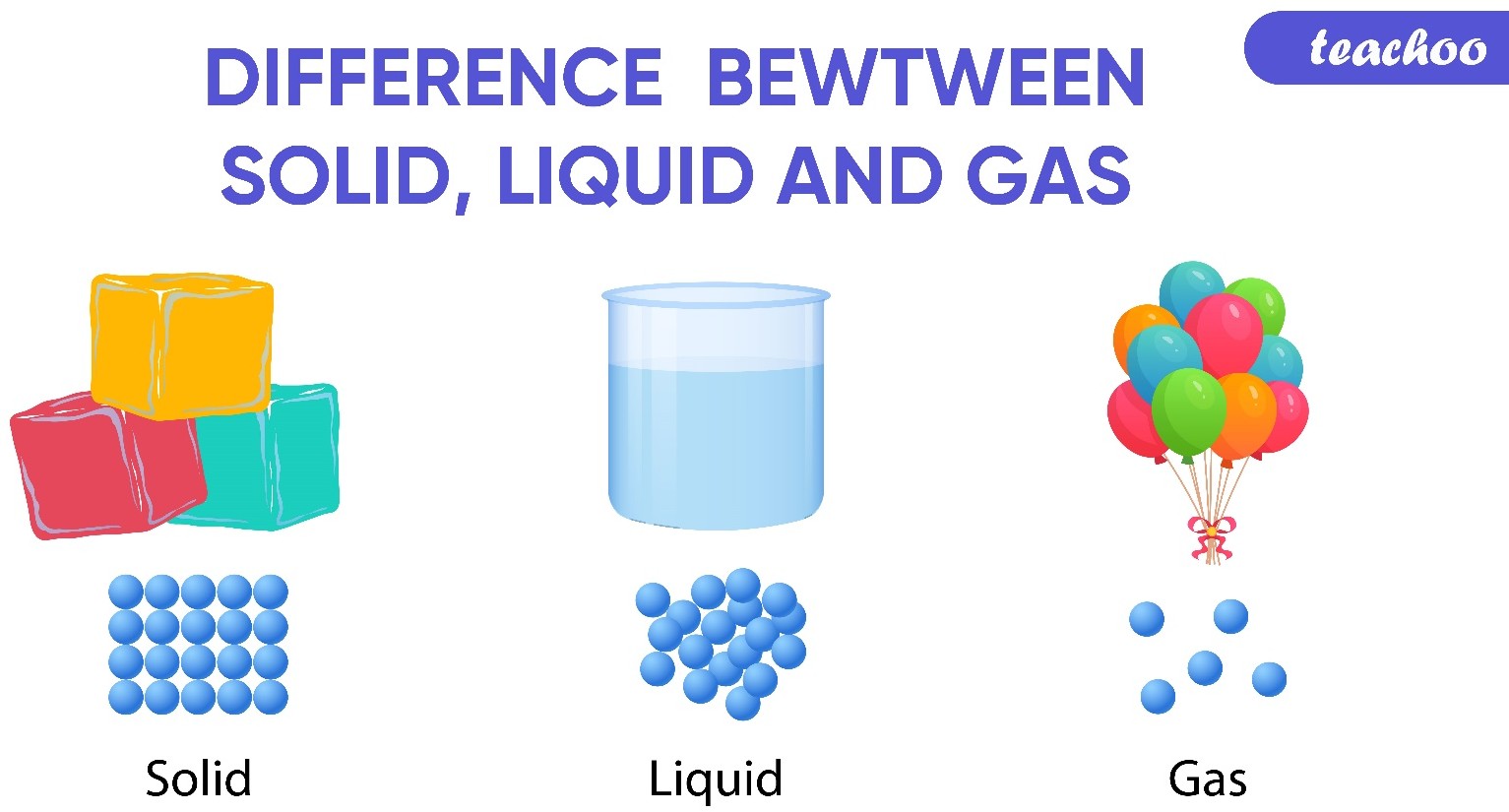What is the difference between a solid and a liquid?
A. Solids have a definite shape and volume while liquids have a definite volume but no fixed shape.
B. Solids have no definite shape or volume while liquids have a definite volume and take the shape of their container.
C. Solids and liquids have the same physical properties.
D. Solids have a definite volume but take the shape of their container while liquids have a definite shape and volume.
The main difference between a solid and a liquid is their physical state and the way their particles are arranged. In a solid, the particles are tightly packed together and have a fixed position, which gives the solid a definite shape and volume. Solids are also characterized by their high density, low compressibility, and high thermal conductivity.
In contrast, the particles in a liquid are more loosely packed and can move around each other, which allows the liquid to take the shape of its container. Liquids have a definite volume but no fixed shape, which means they can be poured or spilled. Liquids also have a lower density than solids, are more compressible than solids, and have lower thermal conductivity than solids.
Option b) is incorrect because it describes the properties of a gas, not a liquid. Option c) is incorrect because solids and liquids have different physical properties. Option d) is incorrect because it describes the properties of a gas, not a liquid or a solid.
 |
Therefore, the Correct Answer is A.